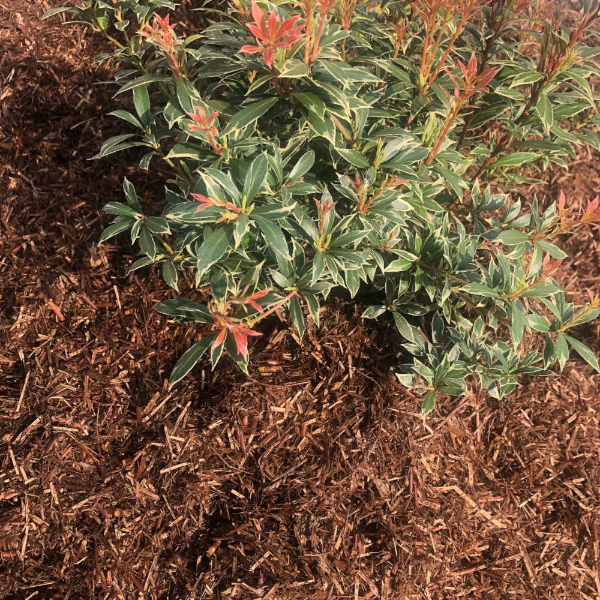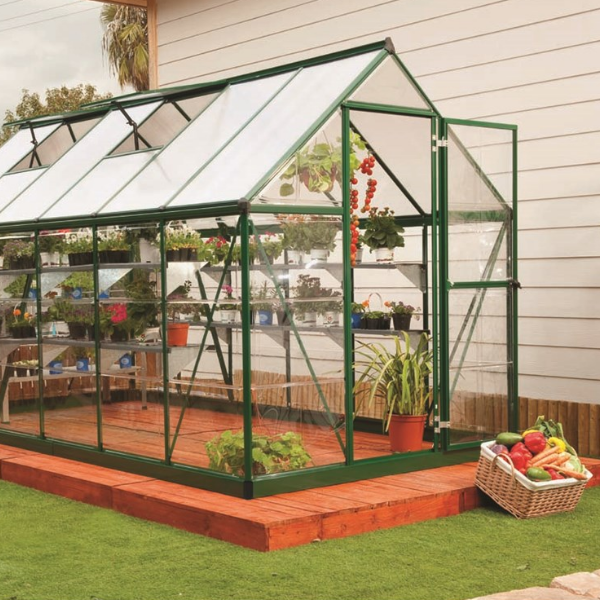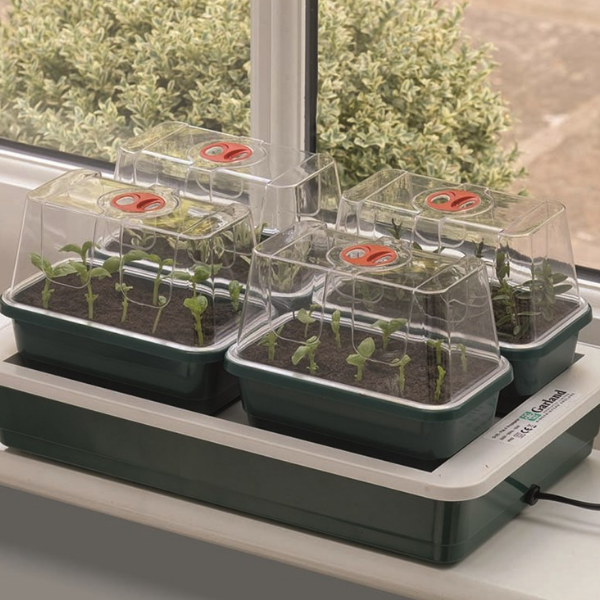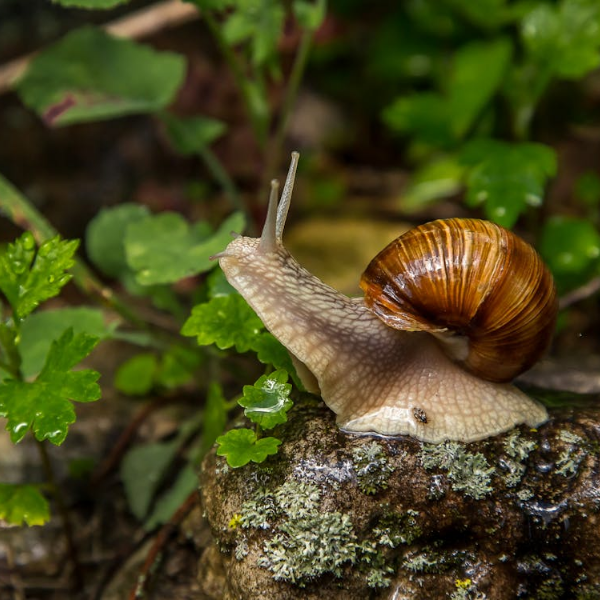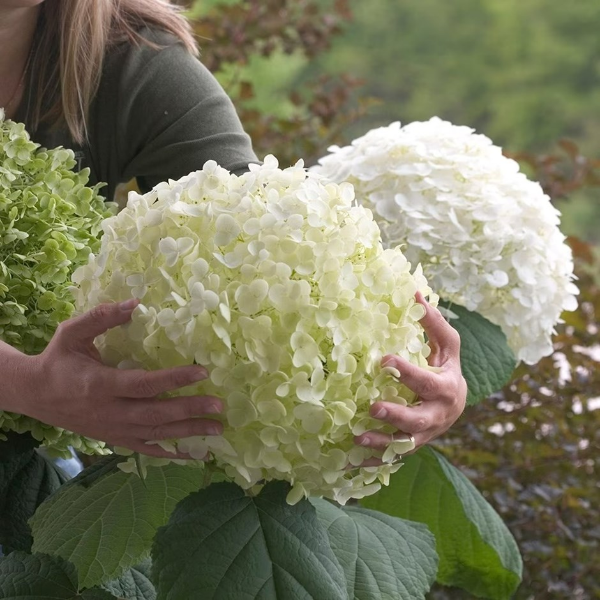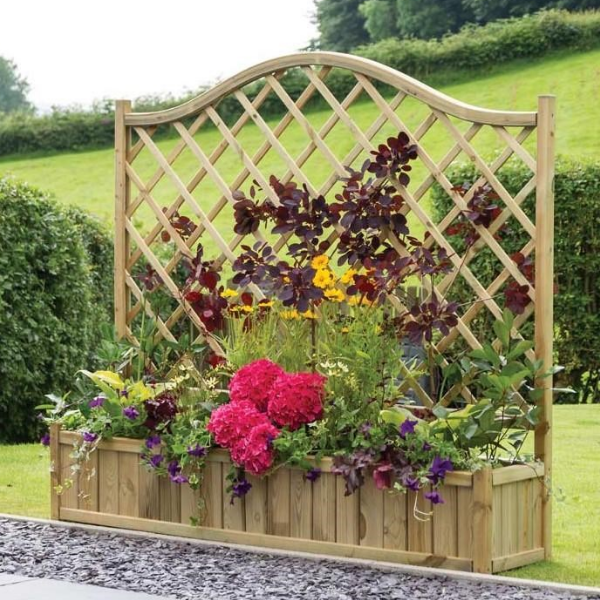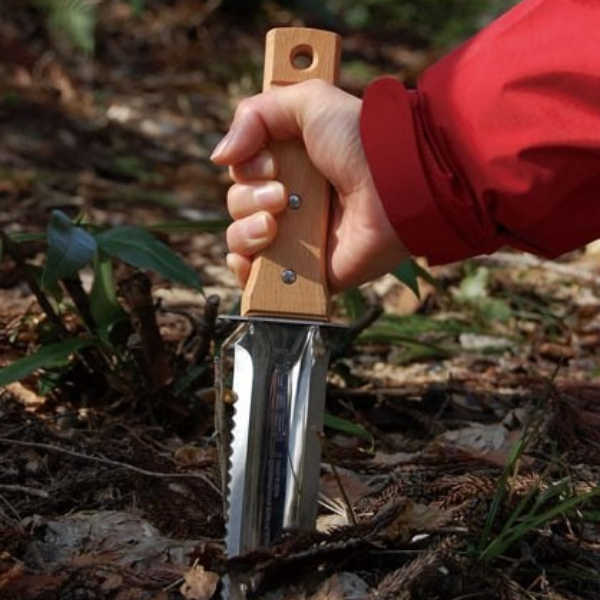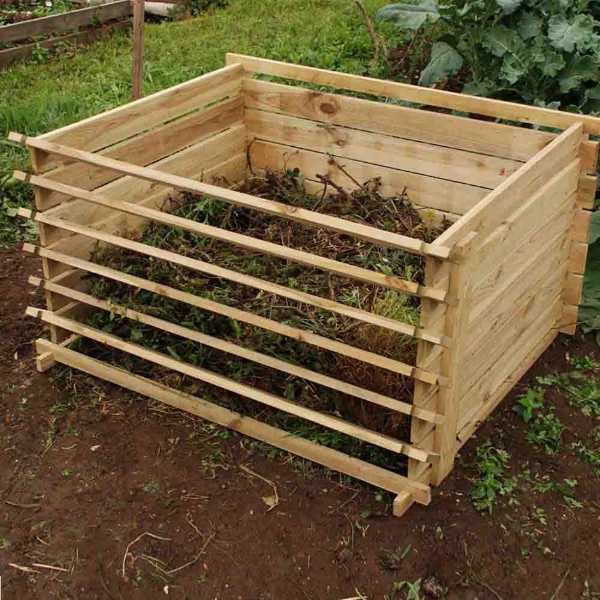
As spring approaches, you will soon be busy with planting seeds, tending to your garden, and watching it come back to life. Use these quieter weeks to plan and get a head start on your gardening for spring with our helpful tips.
1. Purchase summer-blooming bulbs and seeds
Buy flowers like lilies, gladioli, and ranunculus that can be planted in early spring. Use this time to browse our selection of new and inspiring varieties of bulbs and seeds to grow this year.
2. Tidy up your flower beds and borders
Remove leaves and debris, cut back dead growth of grasses and perennials (unless you want to attract wildlife), and clear the area down to the soil. Put the organic matter in your compost bin or pile and remove any weeds that may have sprouted. If the soil is workable, add a layer of organic matter such as Strulch.
3. Clean and disinfect your greenhouse
Winter is the perfect time to give your greenhouse a thorough cleaning to prepare for spring seedlings and cuttings. Scrub the outside with disinfectant or detergent to remove grime and algae, and disinfect the inside to eliminate any overwintering pests or disease. Sweep out debris and wash pots and trays. Inspect for damage and make necessary repairs.
4. Start sowing seeds that need a longer growing season
Early March are ideal for sowing seeds such as geraniums, begonias, peppers, and aubergines that require a longer growing season. Use a heated propagator for best results.
5. Remove hibernating pests
Take the time to search for and remove any pests that may be hibernating in your garden, such as slugs, snails, and aphids. Check pots from last year for white-vine-weevil larvae and destroy them. Be prepared to treat vine weevils with nematodes or chemicals.
6. Install a water butt and collect rainwater
Make use of the rain by setting up a water butt in your garden. This is not only environmentally friendly but also beneficial for plants, especially those that prefer acidic rainwater. Position the water butt under a downpipe and use a diverter kit if necessary.
7. Move deciduous shrubs
It’s a good time to relocate shrubs while they are still dormant. Dig a circular trench around the shrub, taking as much of the root ball as possible. Replant at the same level and water well.
9. Clean and sharpen gardening tools
Take care of your tools during the winter by cleaning and sharpening them. This not only extends their lifespan but also prevents the spread of disease. Use hot water and detergent to clean, and sharpen with a lubricant.
10. Create a composting area
Set up a composting area in your garden using a ready-made bin or building your own. This is a great way to dispose of organic waste and produce nutrient-rich compost for your plants. Turn the compost with a garden fork monthly to keep it aerated.
By following these steps, you will be well prepared for spring when it arrives.

